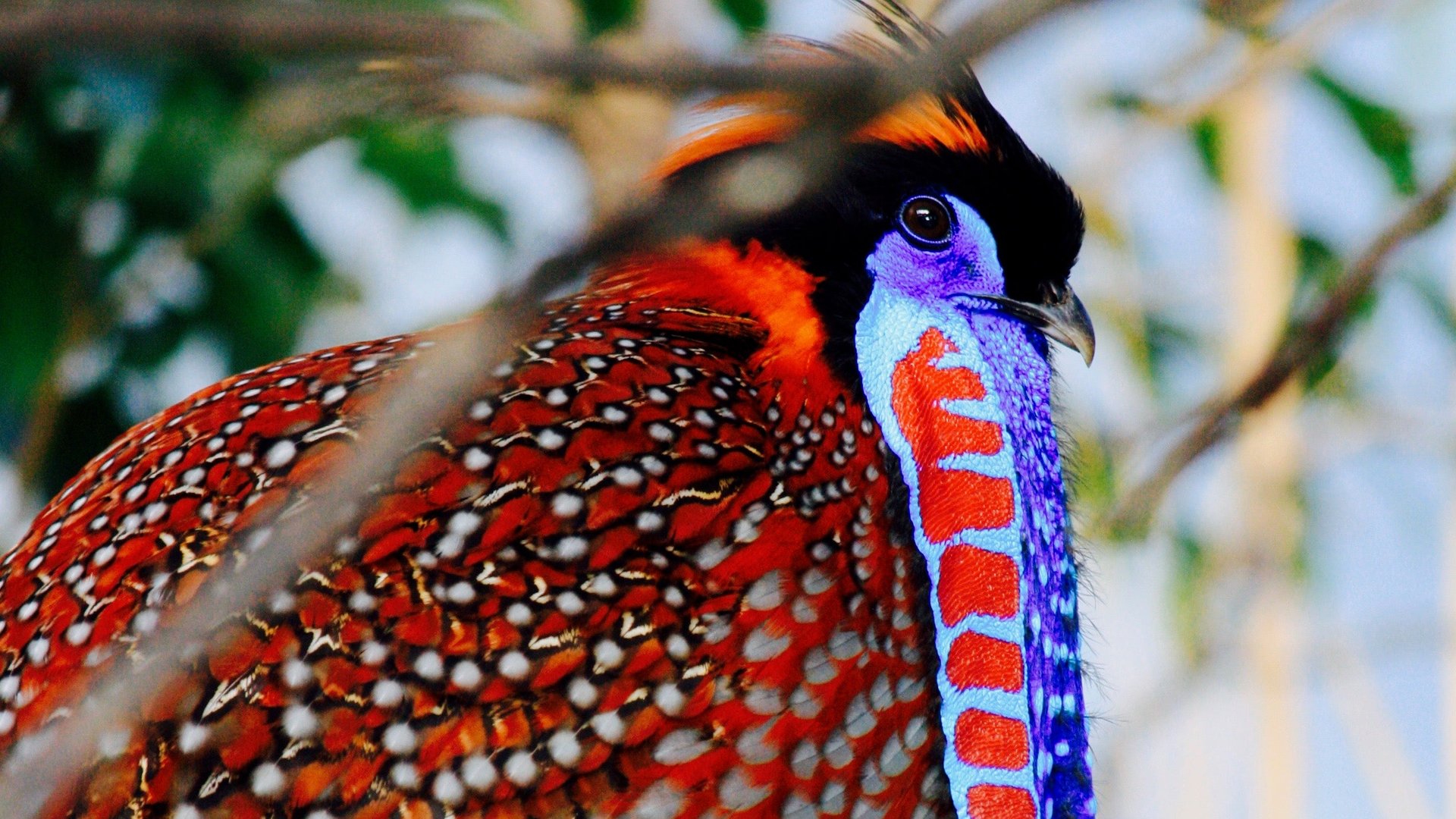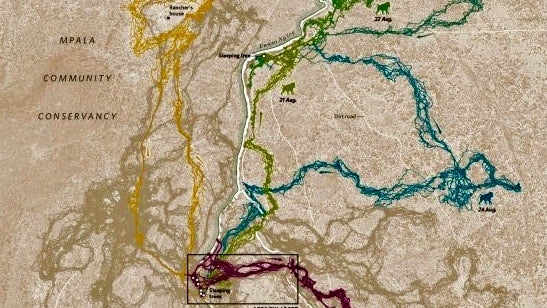Weird new animal facts discovered with 21st century tracking technology
P-22 is a big cat in Hollywood.


P-22 is a big cat in Hollywood.
He doesn’t rap or act or make movies but he’s huge—follow him on Twitter @GPMountainLion. People love snapping selfies with the puma-turned-celebrity living in Los Angeles. Still, big city life is tough for big cats. P-22 is marooned in Griffith Park in LA, trapped by freeways and development, unable to roam and find a mate with whom to reproduce.
In Where the Animals Go, cartographer James Cheshire and journalist Oliver Uberti tell the story of the trapped cats and 50 other animal species, tales that were only revealed with new tracking technologies. Studying animal movements with GPS, satellites, drones, tiny barcodes, and other devices—from up in space to deep underwater, across national borders and over extended periods of time—has given scientists a new understanding of the complexity of animal life. It has also shown the limitations of human knowledge.
Here are some strange new findings from the book:
Baboon influencers

Scientists thought baboons lived in strict hierarchies until anthropologists collared 25 animals in a troop in Kenya and captured their every movement with GPS. Algorithmic analysis allowed researchers to make sense of millions of data points about the animals’ interactions.
Now, it turns out that baboons don’t just follow the leader. They are influenced by many. Even a low-ranking member of society may have pull with friends, helping to drive decisions. “All group members have a voice,” says evolutionary anthropologist Margaret Crofoot of the University of California at Davis, who led the study on collective decision making.
Mysterious migrations
The tragopan, or horned pheasant, is a flightless bird that lives high in the Himalayan mountains. Scientists used to think the bird migrated to lower elevations each winter, but GPS tracking of these creatures has revealed that tragopans aren’t committed snowbirds.
After three years following the movements of 30 birds, researchers learned that tragopan migrations weren’t straightforward. Some traveled up the mountain in winter and some headed down. Some stayed put all year. One bird migrated two years but then took one year off. Scientists believe this flexibility is cause for hope. There’s been concern that the birds would become extinct if climate change impacted the temperature in their normal terrain. But the tragopan appears more resilient than previously thought, and it seems the species could survive global climate shifts.
Career ladders
As with humans, when ants hustle, their careers evolve. The work lives of ants are much more nuanced than scientists imagined. They aren’t just born into certain ranks but rise up the hierarchy, changing positions with age.
By barcoding the backs of carpenter ants, filming their activities, and analyzing their movements over 40 days, researchers learned that ants in a colony change jobs over time. Young carpenters act as nurses and stay close to the queen, later they become cleaners, roaming the nest, and finally they grow up to be exploring foragers.
Seeing is believing
Fisher was a weak loggerhead turtle found on a beach and adopted by researchers in his youth. He grew to be strong and hearty, and was released into the wild at 10 years old. Though kept in captivity for much of his life, the turtle mystified the researchers who released him into the Atlantic Ocean off the UK shoreline. He was expected to coast the Gulf Stream to Spain, following the currents, but tracking devices showed he swam in a straight line to Cape Verde instead. “[B]izarrely, [this] is exactly where he should be at 10 years old,” according to Lucy Hawkes of the Marine Turtle Research Group at the University of Exeter. It was as if he knew where he was supposed to be and how to get there though Fisher hadn’t been living a traditional loggerhead turtle life.
Fisher’s feat showed researchers that turtles likely have other abilities humans have yet to recognize. Animal lives are turning out to be more complex than imagined. Every new technology leads to more detailed evidence that shows only how little we know.